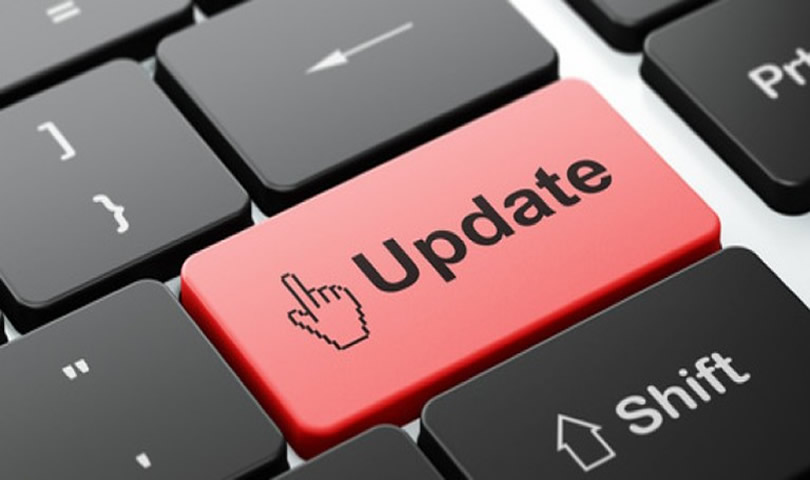Best practices for updating WordPress websites

With the evolution of WordPress (WP), new features and updates are always available to account for web security and improve WP experience. The latest versions of WP will always provide the best that it can offer in terms of security, bug fixes and new features.
Losing data and information are perhaps the reasons why users avoid updating their WordPress websites. However, it is also important to know that new updates/versions are always tilted to create a better experience for users.
The first and most important thing to do before you update a new feature or version is to backup your WordPress website. I can’t emphasise that enough, but ALWAYS remember to back up your site first. You don’t want to risk losing all your data and go through the trouble of restoring your old version if anything goes wrong.
Below are some practices to avoid some common errors with WordPress updates.
Backing up your WP Website
You can back up your WP installation by accessing your server with an FTP-client and download the entire folder to your desktop. You could also trust your backups to premium backup plugins like BackupBuddy or WP-DBManager. Spending some money on a good backup is definitely worth more than going through the trouble of restoring your page in case of failed attempts.
There are also some web hosts who offer backup solutions for users. To make your life easier, you could check for backup solutions with your web hosts.
Avoid making an Upgrade on Live Install
It can be extremely taxing to recover a website after a failed update attempt. Especially when you start receiving complaints that your customers can’t access the site.
To avoid failed updates, always attempt new versions/updates on a remote copy of the site first. Create a ‘play space’ where updates can afford to fail without any immediate effect on your web traffic.
Use Child Themes and Plugins
Avoid making changes directly to themes or core files as they can be overwritten when updated. Be sure to use child themes and plugins.
Check compatibility for your Plugins
Certain plugins play an important part in the functionality or design of a web page. You have to ensure that your plugins are compatible with the new versions before updating your WordPress. You can do so by checking compatibility here.
Now that you know the best practices for updating your WP website, remember to be mindful and do all your backup before hand! These 4 guides are relatively easy to follow, you will be surprised by how much it can boost your experience with WP. Here at Network Dynamics, backups solutions are available for clients, click here, to find out more.